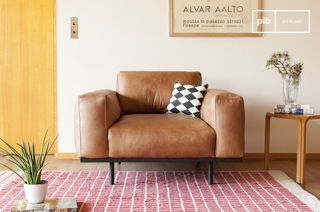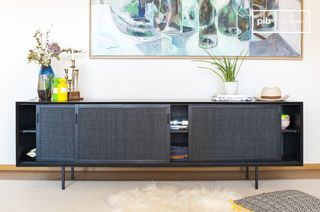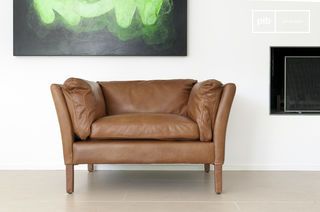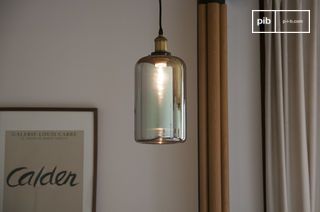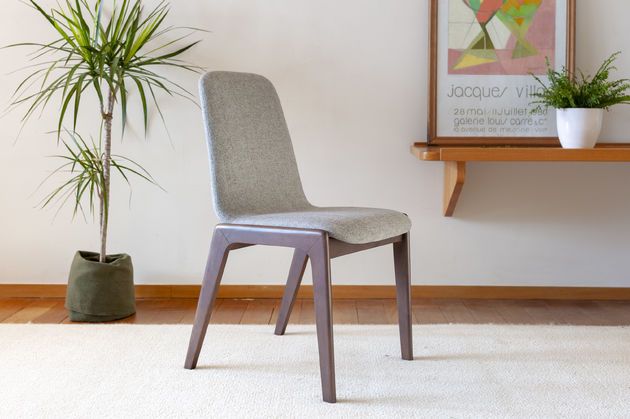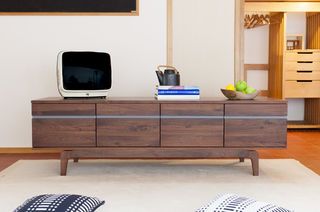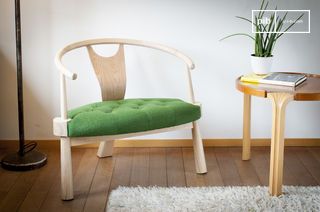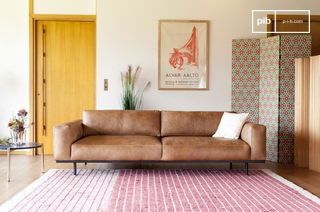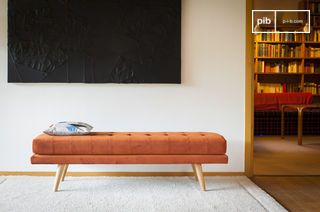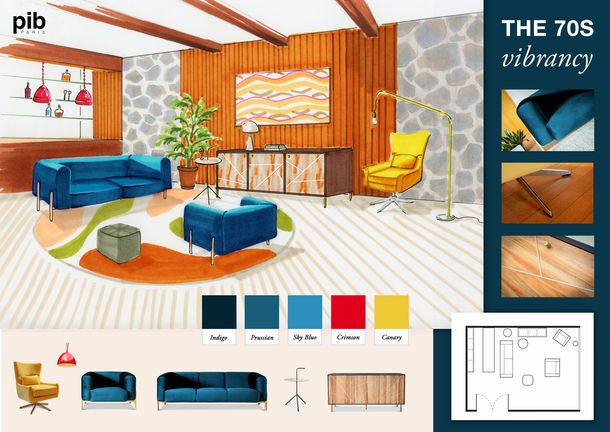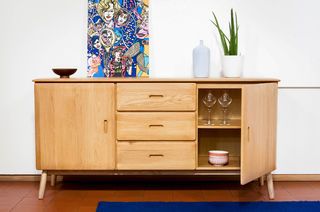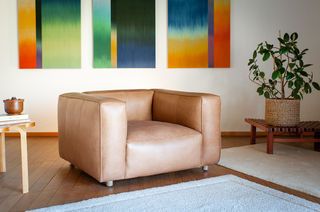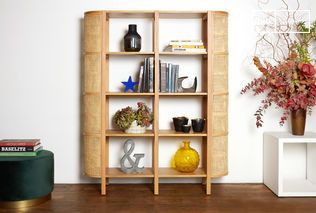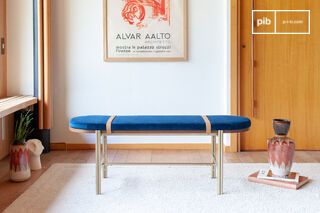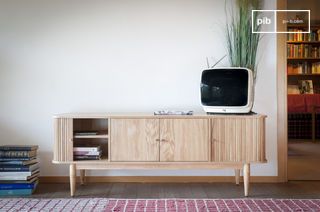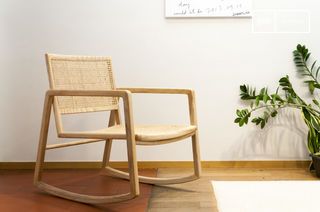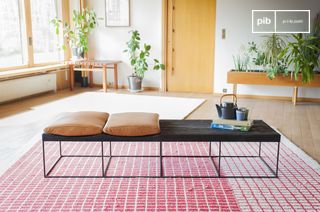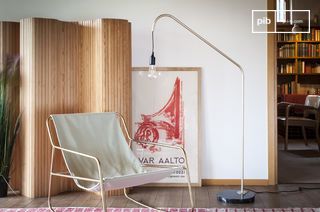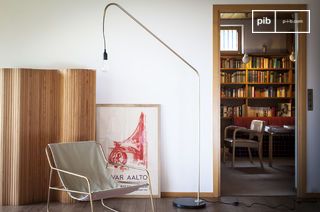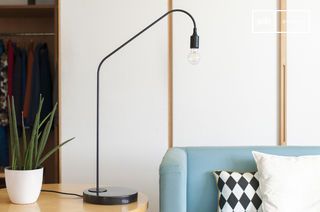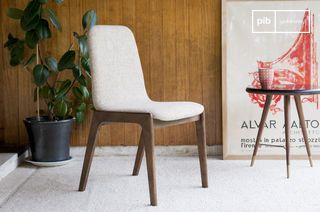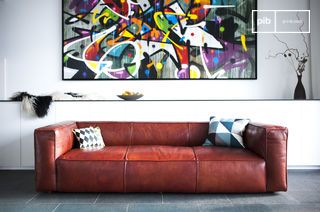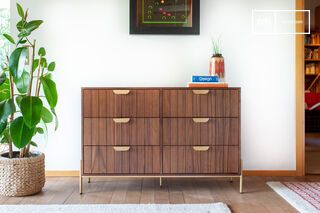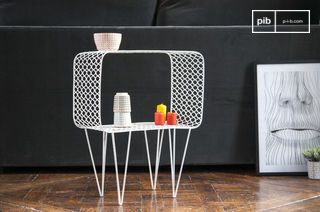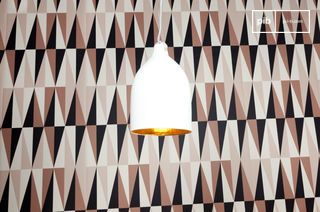Japandi
Japandi furniture combines the formal simplicity of Scandinavian design with the visual rigor of Japanese interiors. This category favors low, space-saving pieces in light wood, matte ceramic or natural fabric. The whole is based on a fluid reading of space, without overload or strong contrasts. The Japandi style emphasizes clear volumes, legible functions and a limited palette. Each piece of furniture is part of a design logic, with a reduced visual impact that structures the room as a whole. read more >
Filters
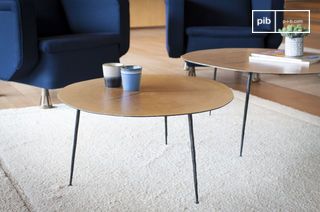
"Round metal coffee table ""Two"""Xylème
£605 £540-10%
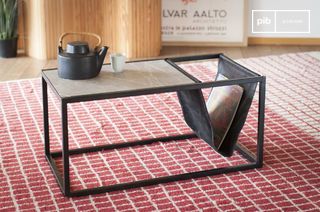
Stone magazine holder coffee tableIbiza
£445 £400-10%
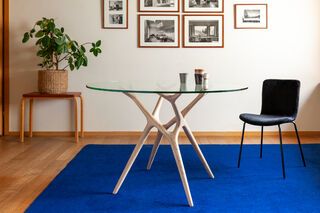
Round glass table with light solid ash for 6 peopleSylvae
£1195 £1070-10%
10 festive days
10% off our tables and consoles
Welcome your guests in style · Limited stock
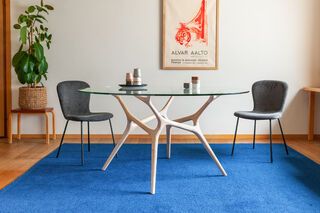
Round glass table with light solid ash for 8 peopleSylvae
£1560 £1400-10%
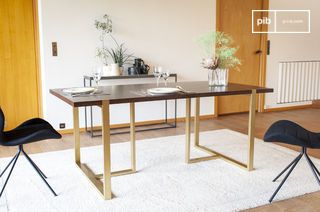
Walnut dining tableNeutra
£950 £855-10%
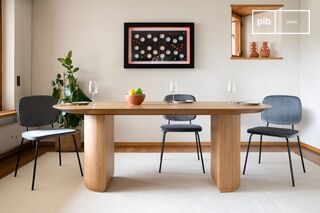
Large light wood dining tableSolna
£1805 £1620-10%
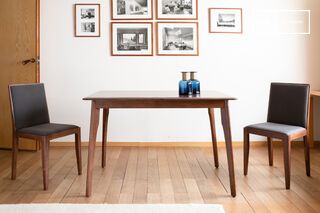
Small dark wood dining tableUmea
£585 £525-10%
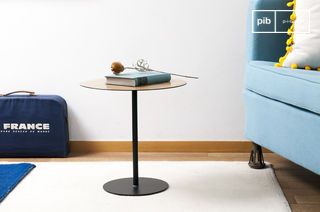
Small round side tableXylème
£315 £285-10%
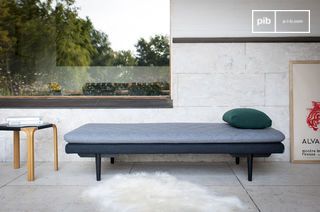
Daybed benchNorilsk
£1200
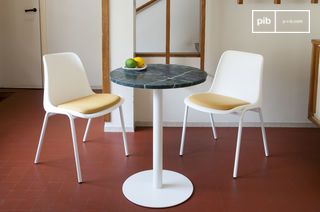
Green marble bistro tableLasby
£510 £455-10%
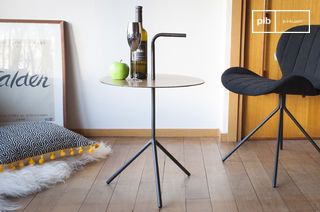
Portable table with handleXylème
£360 £325-10%

Japandi: articulation between Japanese rigor and Nordic sobriety
The Japandi style lies at the crossroads of two traditions: the Japanese art of living, based on balance, repetition and controlled symmetry, and Scandinavian design, committed to simple design and material warmth. This fusion produces furniture that is both streamlined and grounded, designed to blend into space without disappearing. Formats are generally low, lines clean, assemblies visible or reduced to a minimum. Light-colored wood, linen, woven paper or raw ceramics form the material basis of the Japandi style. The repetition of these materials, with no added decorative effect, ensures visual continuity from one room to the next.
Spatial organization and visual reading of the Japandi style
The Japandi style is based on a precise management of empty and full. Each piece of furniture is isolated or spaced to allow space to breathe. There is no accumulation, but a strict selection of useful elements. A bench can be used as an occasional piece of furniture, a coffee table can be combined with seats close to the floor, a mattress fits directly into a flat structure. The lighting, often indirect, accompanies these choices by avoiding points of high intensity. The relationship with natural light is also taken into account in the placement of objects. This logic produces a calm, legible ambience, without strong variations in material or height.
Materials, use and durability in a Japandi logic
The materials chosen in Japandi furniture are stable, renewable and minimally transformed. Wood is generally neither stained nor brightly varnished. Fabrics remain matte, and surfaces avoid reflections or excessively fine details. The aim is not performance but continuity. This furniture is designed for living spaces where use is regular but not intensive. The furniture doesn't seek to fill, but to organize. Modularity is possible, but it is based on the free movement of objects rather than on integrated mechanisms. Each piece is designed to last, both in form and materiality.
The Japandi proposes a rational reading of space through material, proportion and use. This method makes it possible to create stable, functional and unsaturated interiors, regardless of the initial architectural style of the site.
The Japandi method is based on a rational reading of space through material, proportion and use
